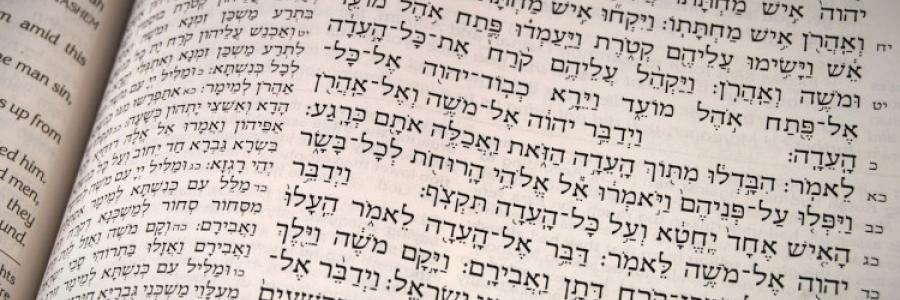Jesus: The Branch and Ladder
Read the series.
(Matthew 2:23, Genesis 28:10-17 with John 1:43-51)
Jesus as Netzer
Jesus was just beginning to assemble His band of key disciples. The first chapter of John’s Gospel introduces us to Nathaniel (probably also known as Bartholomew). During their initial meeting, Yeshua dazzles Nathaniel and then shares a midrash to describe the nature of His ministry.


Discussion